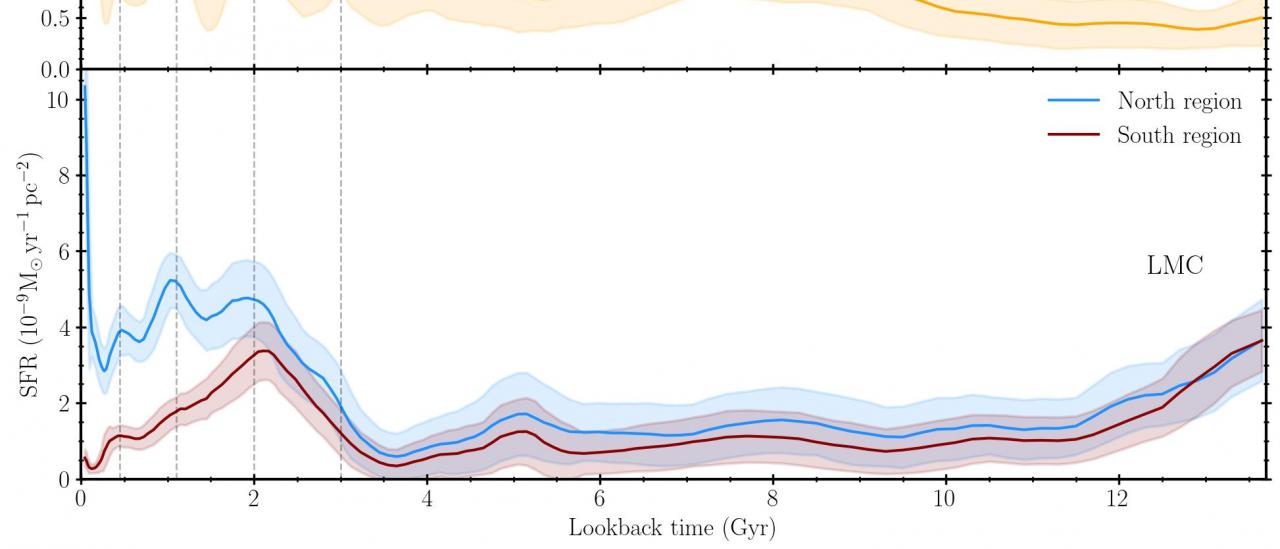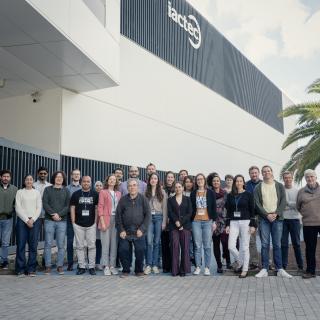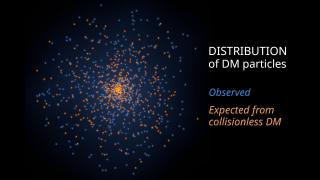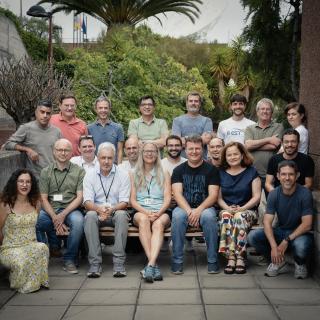According to the current theories of galaxy formation, these generally form as small entities that grow through fusion, collision and accretion, eventually becoming the majestic galaxies that we observe nowadays. As an example of such process we can mention our own galaxy, the Milky Way. Around it we can find tens of dwarf galaxies and even stellar “streams” formed by already dissolved systems. We have focused in the study of our two most prominent satellite galaxies, the Magellanic Clouds, a system in the process of falling towards our Galaxy, whilst also having a mutual interaction. Their proximity has allowed the characterisation of their movement at the present time, which should allow us to reveal not only their current interaction state, but also how these galaxies interacted throughout their history. However, this type of study has proven to be very challenging. Understanding the complex cosmic dance of our galactic neighbours through their history requires an equally complex dynamical modeling, the main ingredient of which is the mass of the systems involved (the Large and Small Magellanic Clouds, as well as our own Galaxy). Unfortunately, our knowledge of this important ingredient is still uncertain, limiting the scope of how much we can learn about the interaction of the Magellanic Clouds in this way. Here we have provided new clues about this interaction thanks to an ingenious approach. Throughout their extended interaction, the Magellanic Clouds have necessarily experienced moments of close approach followed by moments in which the distance between them was far greater. It is expected that during these approaches, the physical conditions in the systems are such that favor the rapid formation of new stars, and this is the key link. We have identified clear periods of intense stellar formation during the last 3.5 billion years that are synchronised in both galaxies. This allowed us to conclude, for the first time, that the galaxies have been in mutual interaction during at least, the last 3.5 billion years, as well as dating when the approaches (or encounters) happened. This new knowledge about the interactions of the Magellanic Clouds will increase our understanding about their orbits around our Galaxy and help model the mass distributions of the three systems protagonists of the story.
Stellar mass formed over time in the Small (top) and Large (bottom) Magellanic Clouds (SMC/LMC). For the first time it is revealed that their star formation histories are connected in the last 3.5 billion years (see vertical dashed lines).
Advertised on
Authors
P. Massana et al.
References




